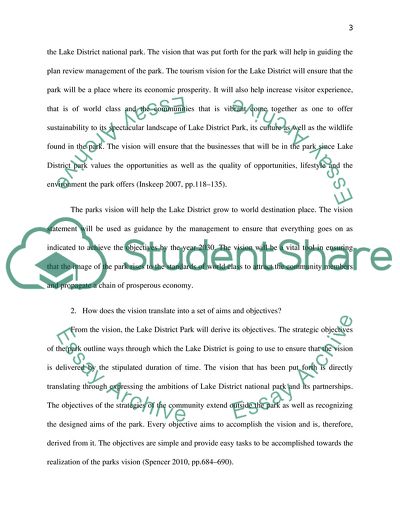Cite this document
(Lake District Tourism Development Plan Business, n.d.)
Lake District Tourism Development Plan Business. https://studentshare.org/tourism/1849131-tourism-planning-development
Lake District Tourism Development Plan Business. https://studentshare.org/tourism/1849131-tourism-planning-development
(Lake District Tourism Development Plan Business)
Lake District Tourism Development Plan Business. https://studentshare.org/tourism/1849131-tourism-planning-development.
Lake District Tourism Development Plan Business. https://studentshare.org/tourism/1849131-tourism-planning-development.
“Lake District Tourism Development Plan Business”. https://studentshare.org/tourism/1849131-tourism-planning-development.


